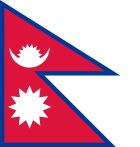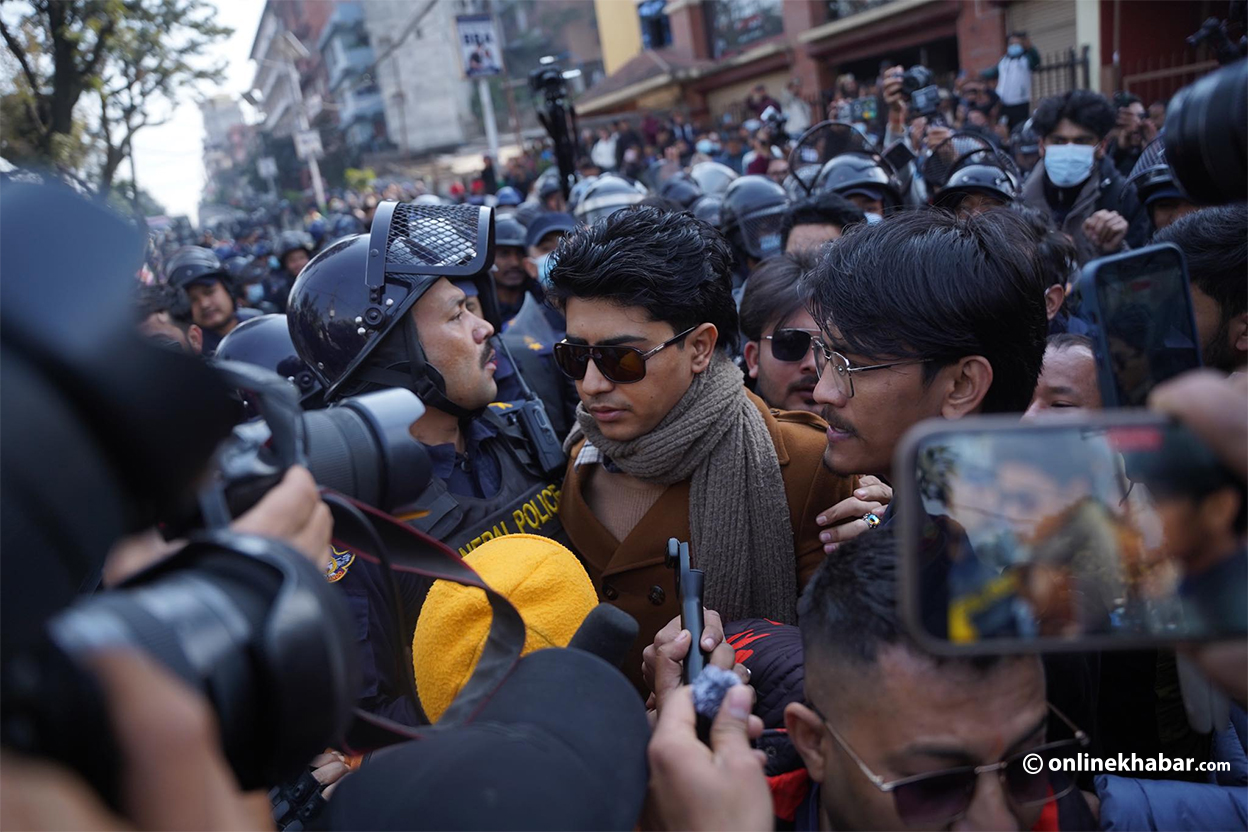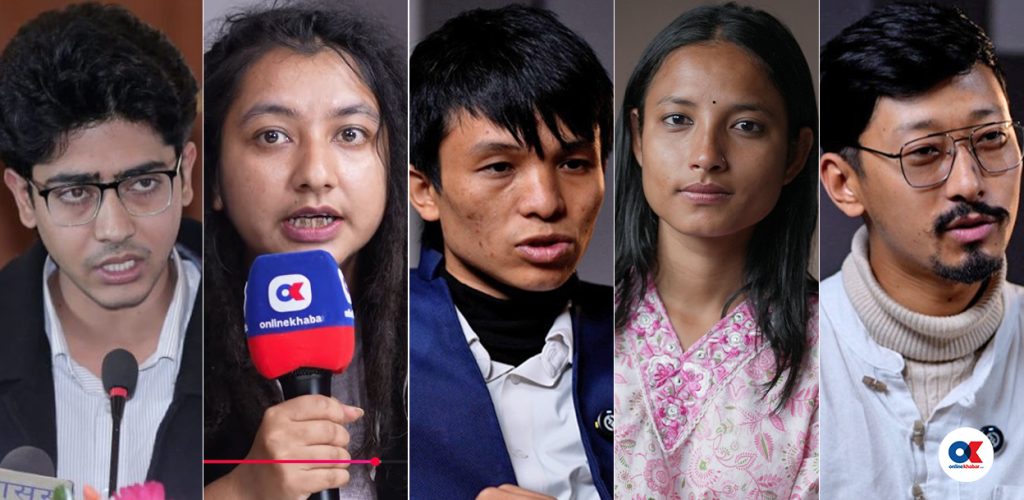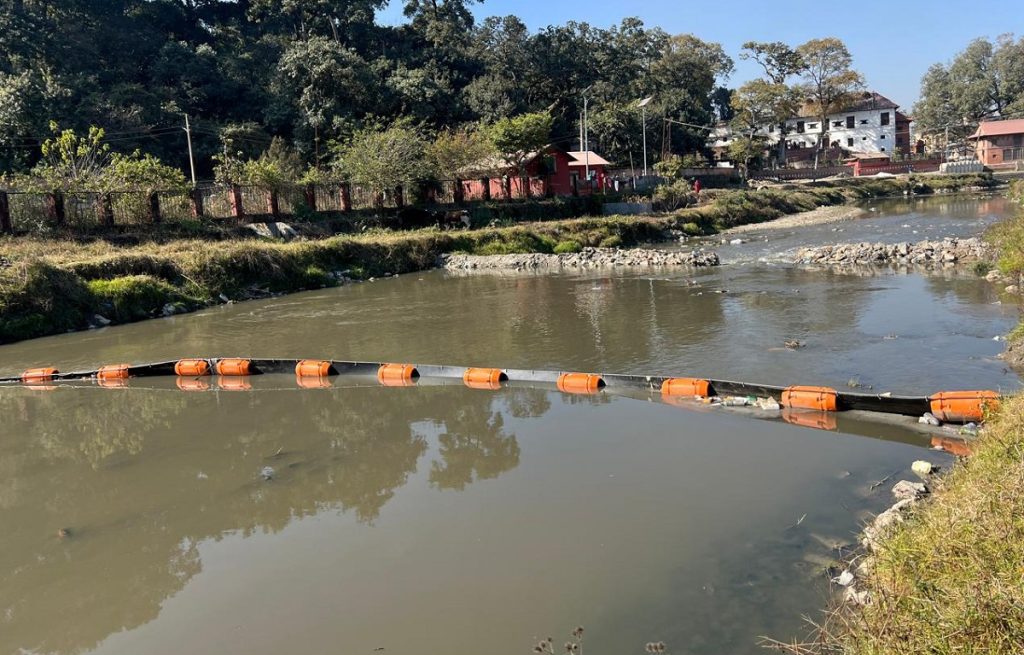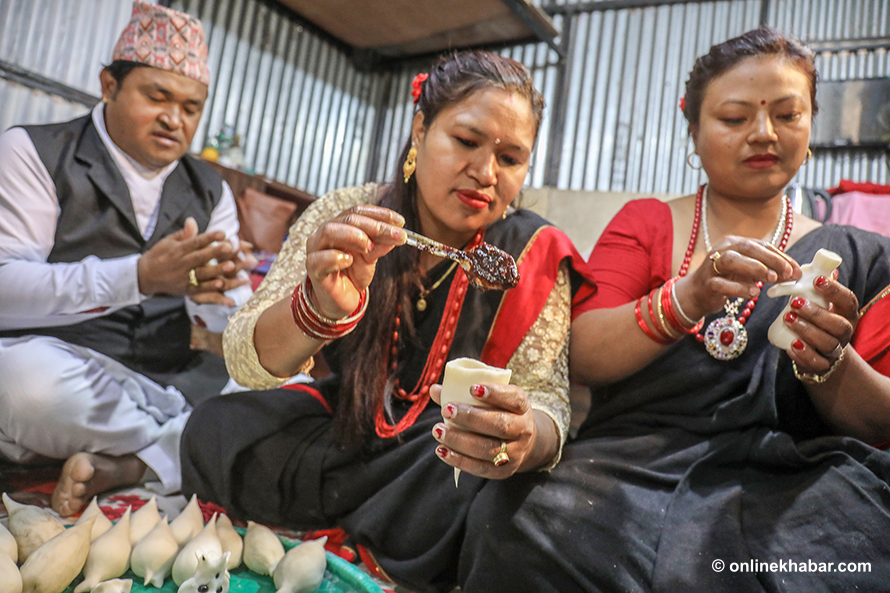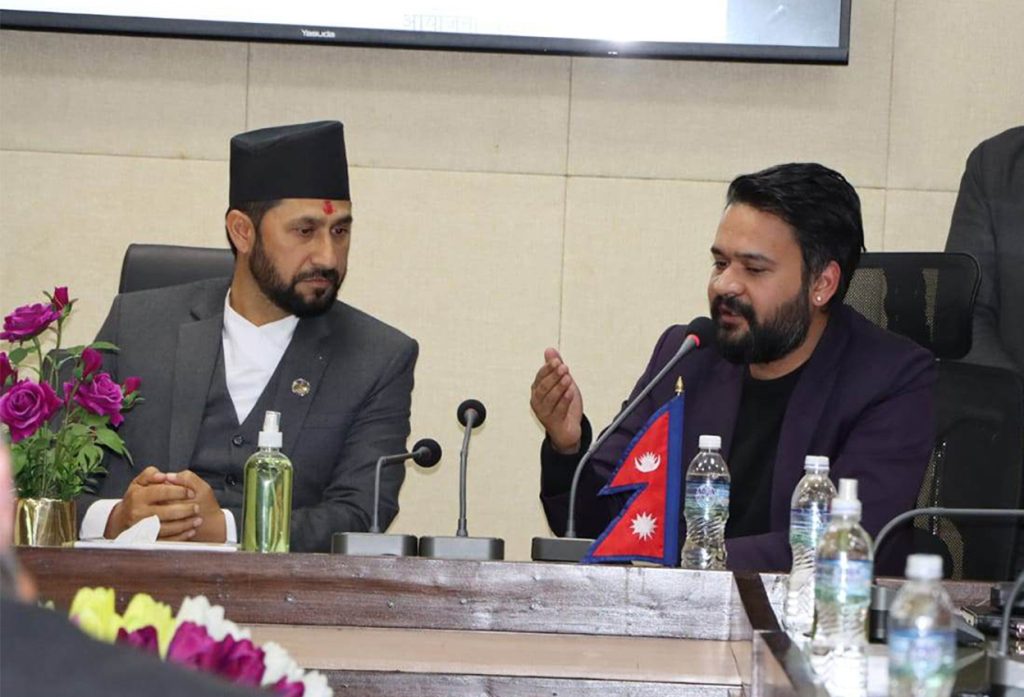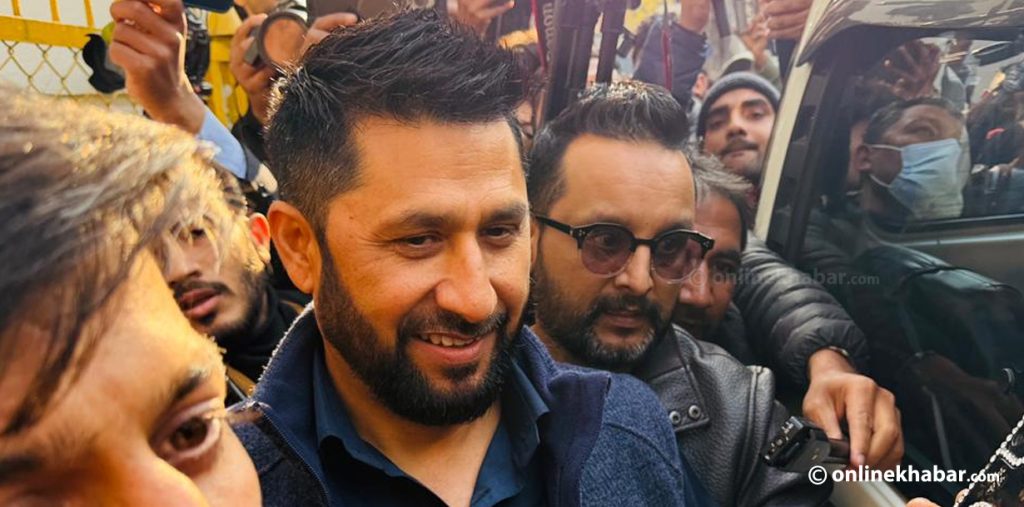
There are books that come into the world like whispers, and there are books that arrive like storms. Arundhati Roy’s Mother Mary Comes to Me is both. It is tender and devastating, intimate and sweeping. It tells the story of her mother, Mary Roy, a woman remembered as much for her brilliance as for her contradictions, a mother who could be a source of protection one moment and a cause of anguish the next. Roy does not offer her to us as a saint, nor as a villain. She offers her as she was: a complex, wounded, and extraordinary woman who carried within her the courage to change the law in India, ensuring that Christian women could inherit property on equal terms with men.
To read this memoir is to see how the struggle for justice often begins in the smallest of places – in a house, in a family, in the unspoken battles between a mother and her daughter. Mary Roy’s fight for inheritance rights was not born in parliaments or political parties. It was born in her own life, in her own experience of exclusion. The personal was political for her because she lived it that way. And her daughter, Arundhati Roy, grew up to write with that same truth: that politics is never something out there, distant and abstract. It is always already inside us, shaping our lives, shaping our silences.
This is what makes Mother Mary Comes to Me so urgent for Nepal today. Nepal is in a moment of unrest. Streets fill with young voices demanding accountability, demanding change. Corruption, failed governance, and the endless repetition of broken promises have made a generation unwilling to wait quietly for leaders to “fix things.” They are learning what Mary Roy knew, what Arundhati Roy has lived and written all her life that change does not begin when the state decides to act. It begins when ordinary people refuse to accept injustice as normal.
In this book, Arundhati Roy calls her mother both her “shelter and her storm.” That contradiction is familiar to many young women in Nepal. How many daughters here grow up with mothers who are strong, resilient, survivors and yet also enforcers of silence, keepers of patriarchal rules inside the home? How many daughters feel that their first battle for independence happens not in politics, but in their own kitchens and classrooms? Reading Roy’s memoir, young Nepali women may recognise their own mothers, their own ambivalence, their own struggle to love and resist at once. And in that recognition, there is strength.
The beauty of Roy’s writing lies in her honesty. She does not dress her memories in politeness. She does not pretend that pain was absent just because her mother achieved greatness. She writes of anger, of silence, of the loneliness that shaped her. And yet, she also writes of the impossible love that bound them together. This honesty is itself political, because it rejects the idea that women must only be remembered in tidy, heroic ways. To say “my mother was brilliant, and she also hurt me” is to say that women are real, not symbols. And to insist on women’s reality, with all its fractures and contradictions, is to insist on their right to be part of history as they truly were.
In Nepal, where women’s voices are still often flattened into one-dimensional stories, the “good daughter,” the “sacrificing mother,” the “inspiring leader”, Roy’s refusal to simplify is a lesson in itself. For young women here, it is permission to speak their own truths, however messy or uncomfortable. To say: yes, I love my family, and yes, they limited me. Yes, I am loyal to my country, and yes, it betrays me. These confessions are not betrayals. They are the beginnings of politics.
The phrase “the personal is political” has been used so often it can feel empty. But in Mother Mary Comes to Me it takes shape, it gains flesh. Mary Roy took her personal exclusion and turned it into a case that changed India. Arundhati Roy took her personal wounds and turned them into literature that speaks across continents. And in Nepal today, Gen Z is doing something similar. Young people are taking what feel like personal frustrations, unemployment, humiliation at government offices, the despair of watching corruption steal their futures, and turning them into collective protest. What once felt like isolated anger now rises as political truth.
In Baneshor and Maitighar, in university grounds and in neighborhood marches, the protests have the same pulse as Roy’s memoir: a refusal to keep silent, a refusal to dress pain in polite lies. And just as Roy writes her mother with both love and fury, Nepal’s youth love their country deeply even as they rage against it. This too is a form of care to demand better because one loves too much to give up.
Books like this one do more than tell us a story. They teach us how to see our own lives differently. They remind us that every injustice we face, even the small humiliations at home, the silencing at school, the mistreatments in workplaces, are political. They remind us that when we speak of them, we are not only confessing; we are resisting. And they remind us that the courage to resist often passes from mother to daughter, even if the lessons come wrapped in pain.
To read Mother Mary Comes to Me, in Nepal, right now is to see clearly that personal pain is not wasted. It is material for change. It is to understand that a protest chant in Biratnagar, a legal petition in court, or a silent refusal at home are all connected. It is to realise that literature itself can be a form of protest, that memory can be political, that telling the truth is sometimes the bravest act of all.
And so this memoir, arriving now, is not just a book. It is a mirror for Nepal’s young people who are carrying both the burden of silence and the fire of resistance. It is a call to remember that what we feel in our most private spaces already belongs to the larger struggle. The personal is political. The political is personal. And to tell our stories, as honestly as Arundhati Roy has told hers, is to take part in shaping the history we long for.

